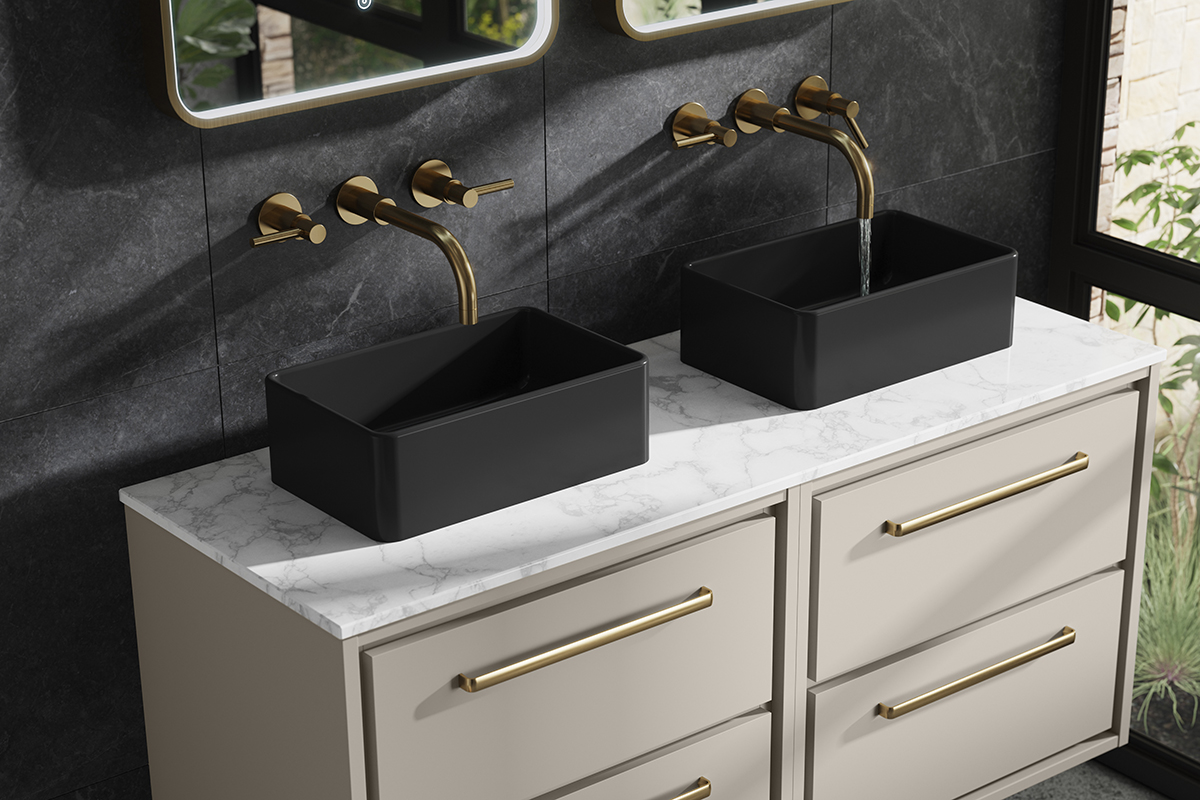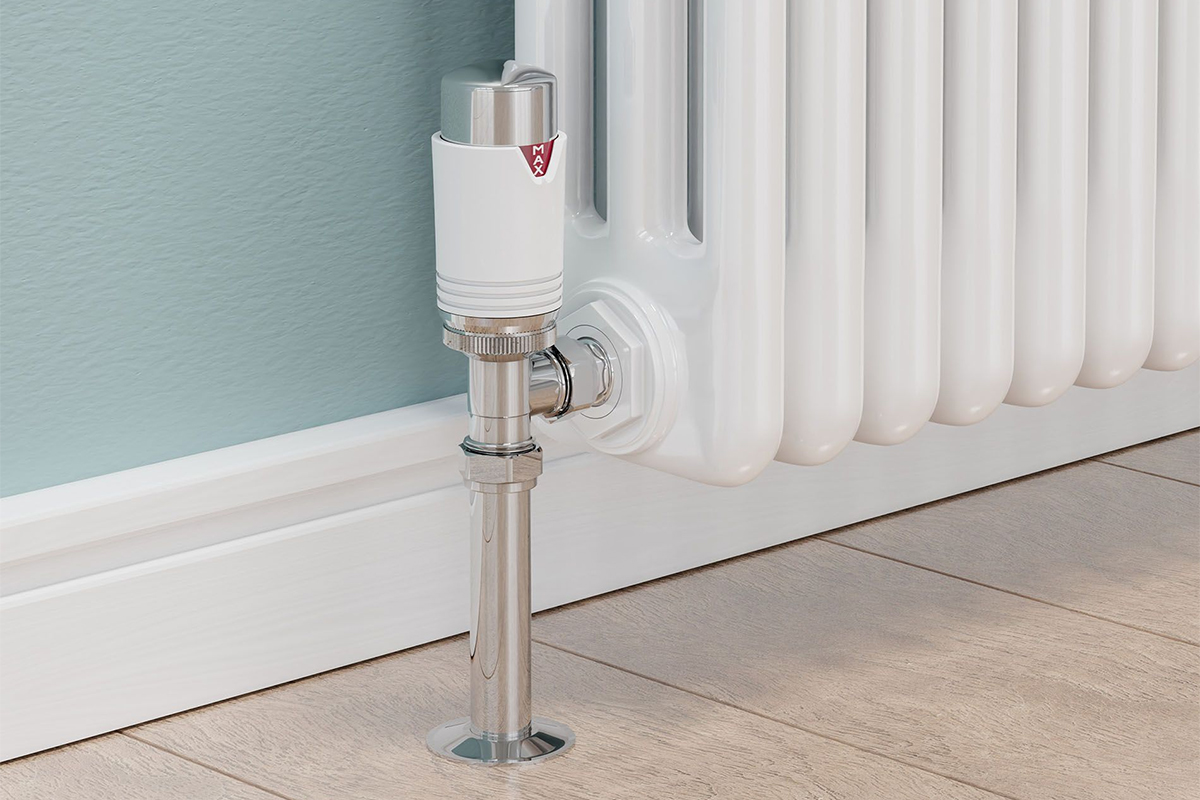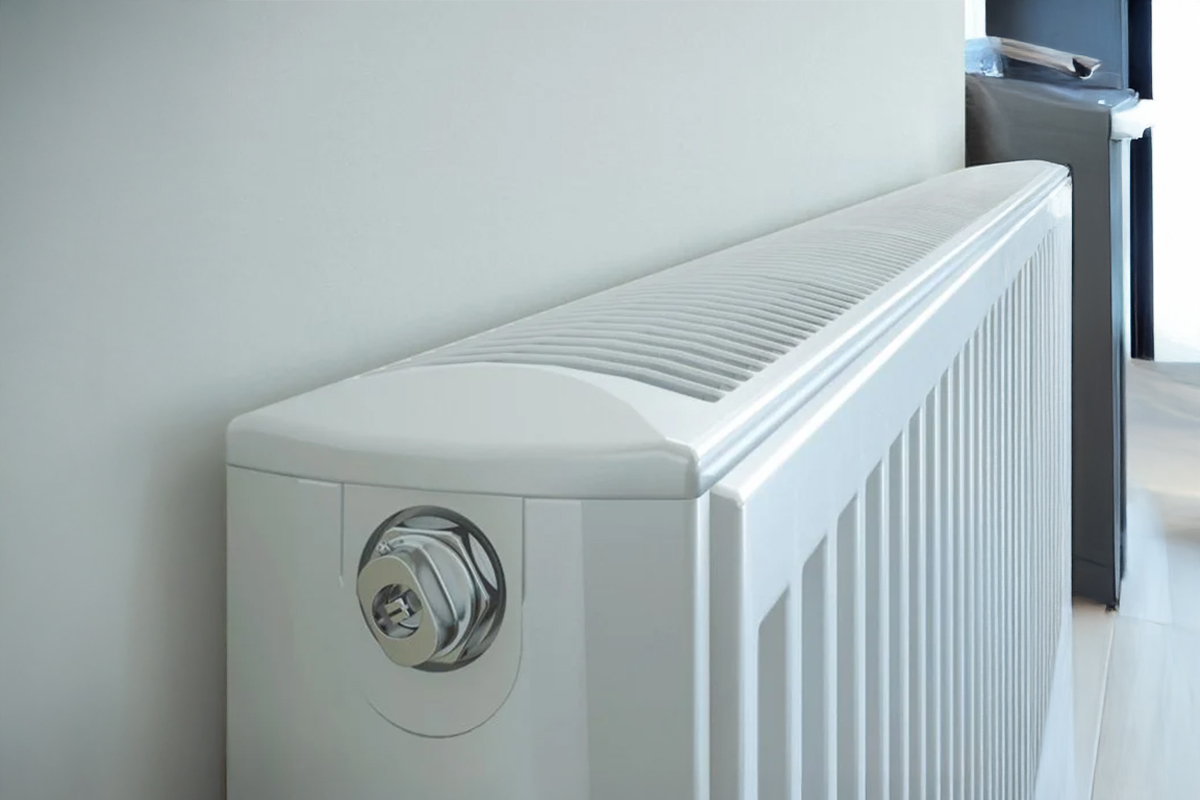Which Bulbs Should I Use - LED or CFL?
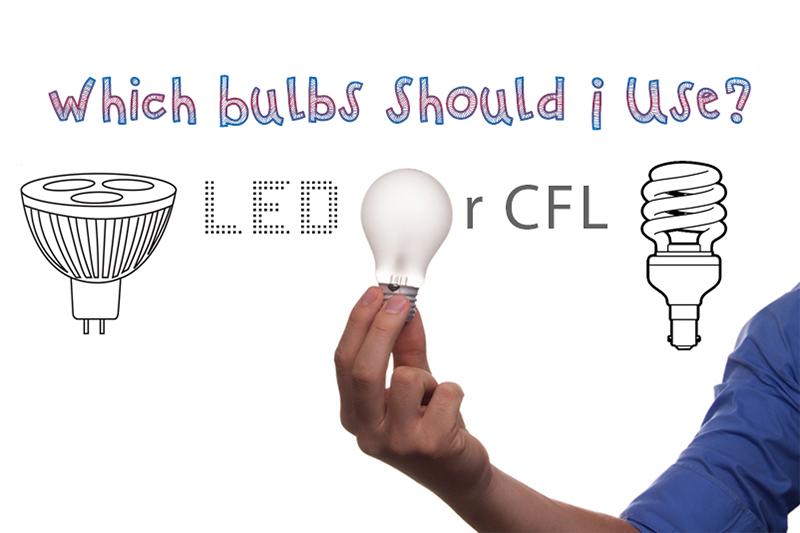
Which Bulbs Should I Use
Since the phasing out of traditional incandescent bulbs in 2011, consumers have faced a difficult decision when choosing their preferred replacement. In the UK and mainland Europe (as well as numerous other countries around the world), manufacturers are legally obligated to only produce energy saving bulbs (with a few industrial exceptions). There are now three main types of bulb on the market: LED (light emitting diode), CFL (compact fluorescent lamp) and halogen (which does not have a handy abbreviation).
Of these, LED and CFL are the most widespread in homes and there has been much debate regarding which of the two is the most efficient, the most useful and the most cost-effective. LEDs are increasingly being used in bathroom appliances, so it's important to consider their benefits when buying a new fitting for your home.
Shortly after the introduction of incandescent bulb regulation, CFLs were by far the most popular; their unique tube appearance makes it easy to differentiate them from the older bulbs and the vast majority of home light fittings featured them. LED bulbs were comparatively very expensive at the time (it could cost a staggering £600 to replace all the bulbs in an average home) but, according to a Time Magazine article in 2015, prices have dropped as much as 90%. LEDs are no longer the costly alternative, making it far easier to compare them on their own merits.
Tests have found LEDs to have a much longer lifespan than CFLs, an average of 25,000 hours and 8,000 hours respectively (in comparison to the 1,200 of incandescent bulbs). While this can save a significant amount of money over the course of a lifetime in your home, it has other benefits for home appliances. An LED bulb can be used for decades, likely outliving whichever appliance it is a part of; this is especially useful in items such as mirrors, where replacing bulbs is not an easy task for most homeowners. They can be more or less forgotten; one less piece of maintenance to worry about.
Which Bulbs Are The Brightest?
Brightness is one of the major concerns with LEDs and CFLs had the edge in this regard for a long time. CFLs are still brighter in general but the gap is far less noticeable than it was ten years ago. The different energy demands of LEDs mean that their bulbs sometimes fail to work with older dimmers but this isn't a concern in appliances that are designed to use them.
On the other hand, LEDs are far quicker to reach their optimal brightness than CFLs; you've probably noticed the few minutes it takes for your bedside lamp to properly light the room after being switched on. For LEDs, this process is almost instant, an extremely useful trait in bathrooms. Nobody wants to wait by the basin until it's bright enough to brush their teeth or apply makeup. A similar benefit is that LEDs are unaffected by the cold, unlike CFLs which can struggle and become faulty during the coldest winter months.
From a Safety Perspective
From a safety standpoint, CFL bulbs often contain small amounts of mercury. While this should be of little concern to most people, it does make disposing of the bulbs more difficult and any breakage immediately becomes more problematic. LEDs have no such risks, completely lacking the toxic substance. LEDs currently lack the number of quality regulations CFLs face, making it easier for cheaper, unreliable bulbs to make their way to the market. When buying them, do so from a reliable retailer and you can be sure that they have originated from a good source.
There are positives and negatives to both popular bulb types but the positives of LEDs now outweigh those of CFLs, especially now that the price gap has narrowed so significantly. Most CFLs are perfectly functional and will last far longer than traditional bulbs, so you shouldn't feel the need to run to the shops and replace them with LEDs. However, in the near future and beyond, it seems more and more likely that LEDs will take charge of the bulb market and you should certainly consider them when making your next purchase.
Whatever you choose, we have something for every need with our extensive range of bathroom lighting.


